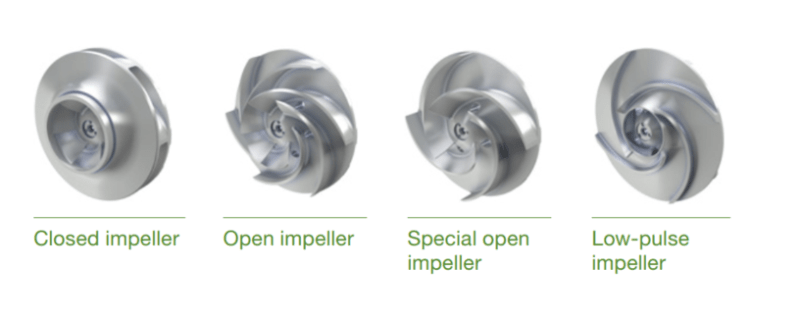Does anyone have a reference to a means to calculate the maximum shear rate of a liquid being pumped through a centrifugal pump? We currently are looking at replacing a Sulzer pump with a different brand (Summit), and while the pump curves are very closely aligned and within the process needs, I need to figure out if the shear rate is different. The fluid being handled is acrylic/styrene acrylic polymers, which can be sensitive to shear. The current pump is a Sulzer APT-33 with half-open impeller design. The level of shear with the pump is acceptable, as no product destabilization occurs. However, I need to figure out if the alternative pump being offered is of substantially the same shear rate, and I don't know of any general correlations or calculations for estimating that.
Can anyone point me in the right direction?
Can anyone point me in the right direction?

![[thumbsup2] [thumbsup2] [thumbsup2]](/data/assets/smilies/thumbsup2.gif)
